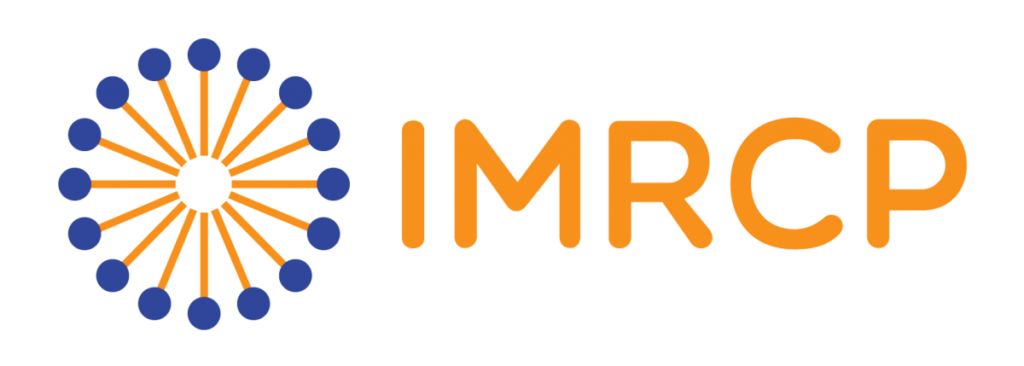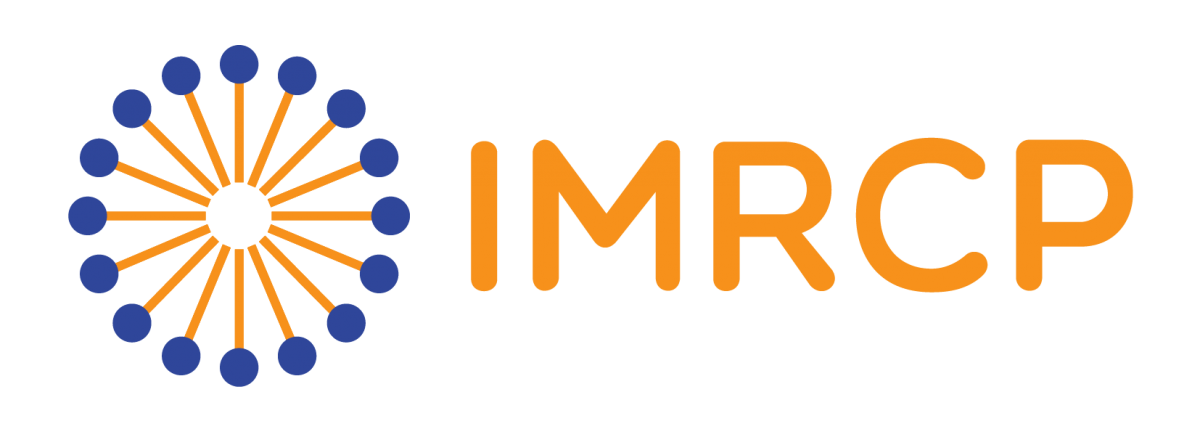Présentation des activités scientifiques du laboratoire Interactions moléculaires et réactivité chimique et photochimique - IMRCP
Le laboratoire des IMRCP est une unité étudiant l’organisation de molécules (tensioactifs, lipides…), de nanoparticules (organiques ou inorganique) et de polymères (naturels ou non), en solution mais aussi en masse.
Cette organisation est responsable de multiples propriétés et applications tant en biologie et médecine (agents de contraste, transport et relargages de composés bioactifs, matériaux biocompatibles…), qu’en science des matériaux (capteurs, aéronautique…), ou en environnement (procédés verts, analyse de polluants…).
Leurs compétences larges qui vont de la synthèse de ces molécules ou polymères à la caractérisation de ces organisations et propriétés permettent au laboratoire de répondre à de nombreux questionnements scientifiques dans des thématiques extrêmement variées.
Ainsi, depuis de nombreuses années, leurs collaborations en pharmacologie, biologie et médecine ont été extrêmement fructueuses et enrichissantes. Favoriser de nouveaux liens et travaux dans ces domaines est une priorité du laboratoire.
Pour en apprendre davantage

Dr Christophe Mingotaud
Lab. des IMRCP, Université Paul Sabatier, CNRS




